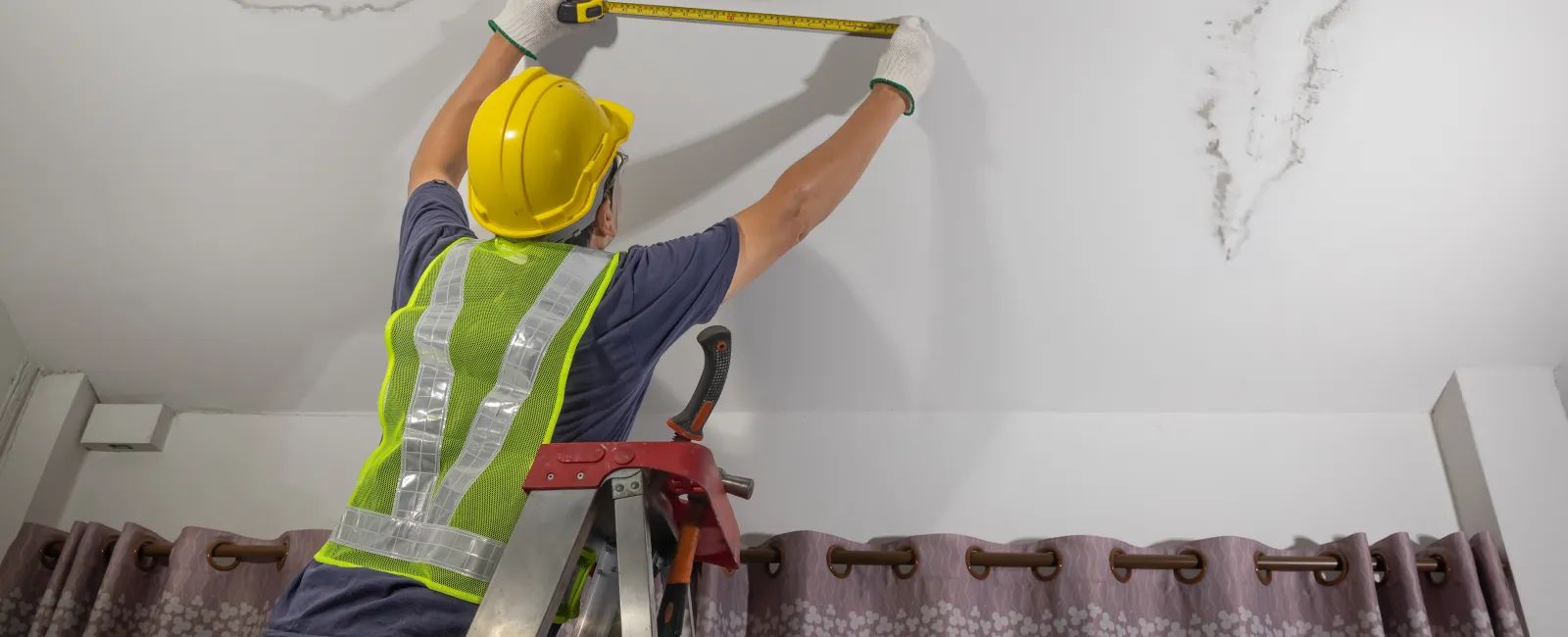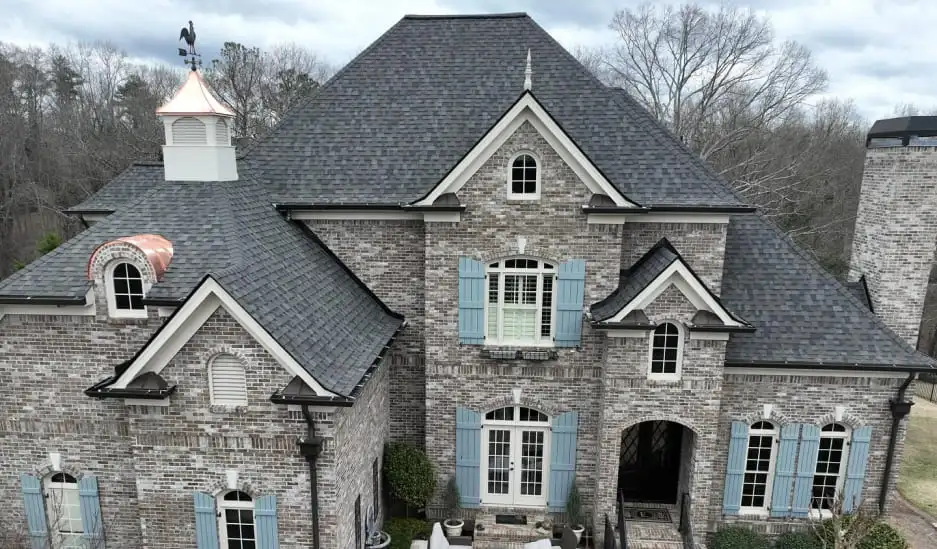The presence of any growth or debris on your roof is a potential hazard that needs to be addressed. But the risks to your home are even greater if mold has developed on your roof, including on top of or underneath the shingles.
Mold can deteriorate the organic materials used in your roof’s construction, weakening your shingles and the underlying structural integrity of your roof’s frame. Identifying and properly removing mold is crucial to minimize the damage to your roof before you need to fully replace your roof and even the wooden frame underneath.
But mold also needs to be distinguished from algae and moss that may grow on your roof—in large part because the cleaning and treatment requirements for these growths are different. Read on for guidance on how to identify mold from moss, as well as tips on how to remove these growths and prevent them from coming back.
What Causes Mold on a Roof?
Mold requires consistently damp conditions to grow on your roof. While roofs are designed to drain water and prevent water retention in and around the shingles, algae and moss can build colonies on your roof and trap moisture against your roof’s materials.
This chronic dampness then creates a breeding ground for mold, which can populate damp spaces and rot away your roof materials over time. Once mold has established a presence, it can become difficult to remove without intensive cleaning.
Is Moss Mold? How to Diagnose Your Roof Issue
While both moss and mold are potential hazards for your roof’s health, these growths are different organisms that pose different risks—and require separate approaches to remediation.
Most importantly, moss on its own is not a threat to the health of your roof. While moss can help breed an environment where mold can grow and thrive, moss colonies can grow on your roof and other surfaces without causing any damage.
Despite its indirect threat to your roof, many homeowners will want to remove moss and algae before more complicated problems develop. But since the risks and remediation steps are different for these respective growths, identification is key. While a roofing expert can offer a more accurate diagnosis of the growths present on your roof, you can make a reliable guess at the type of growths you’ve found based on the following characteristics:
- Black streaks on your roof. Black streaks are one of the most common signs of algae on a roof. These streaks may be more noticeable on lighter-colored shingles.
- The presence of a new growth on your roof. If you spot an unidentified growth that has recently appeared on your roof, it’s likely algae or moss growing on your roof, since mold typically develops only after these growths have developed.
- Visible damage to your roof. If shingles or other materials appear to be rotting, this likely indicates the presence of mold as opposed to moss or algae.
How to Get Rid of Moss on Your Roof
While mold can pose a more complicated cleaning process, many homeowners can remove moss and algae growths on their own. One effective roof moss treatment is to mix one quart of bleach with one gallon of water and ¼ cup cleaning agent.
Make sure the cleaning agent doesn’t contain ammonia, which can react with bleach to create potentially deadly fumes. Spray or pour the cleaning agent on to the moss on your roof, and then scrub at the moss with a soft-bristle brush to remove. Always work your way down the shingles to avoid chipping, bending or cracking the shingles upward.
After you’ve cleaned the moss, rinse or power-wash the roof with clean water and allow it to air dry.
Keep in mind that moss typically grows and thrives in cooler, damper conditions. Since the most effective moss removal is done during periods where moss is attempting to grow, the best time of year to remove moss from your roof is during the fall and spring months, when moss tends to thrive.
That said, if you’re worried about moss creating a habitable environment for mold, you shouldn’t wait until a different time of year to remove moss. Taking steps to remediate moss even in the summer or winter will still reduce the risk of mold growths developing in damp spaces, slowing down or preventing the development of damaging mold colonies.
What to Do About Mold on Your Roof
While scrubbing mold with a bleach-based cleaning agent can help reduce the presence of mold and slow its growth, regular cleaning methods that work for moss and algae won’t be successful in fully removing mold and preventing its return.
To eliminate mold and stop it from rotting away your roof’s materials, professional mold remediation may be necessary. A mold professional can also diagnose the extent of mold damage to make sure unseen mold under your home’s shingles is identified and properly removed.
If you’re concerned about the presence of mold on your roof, your local roofing company can help assess your needs and connect you with the proper remediation services. Contact a roofing contractor today to learn more.



